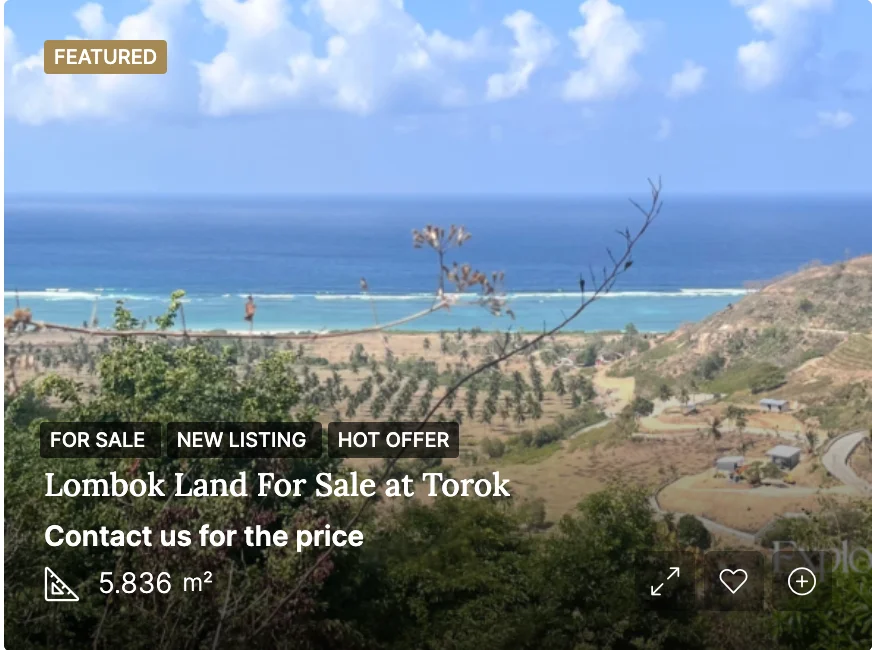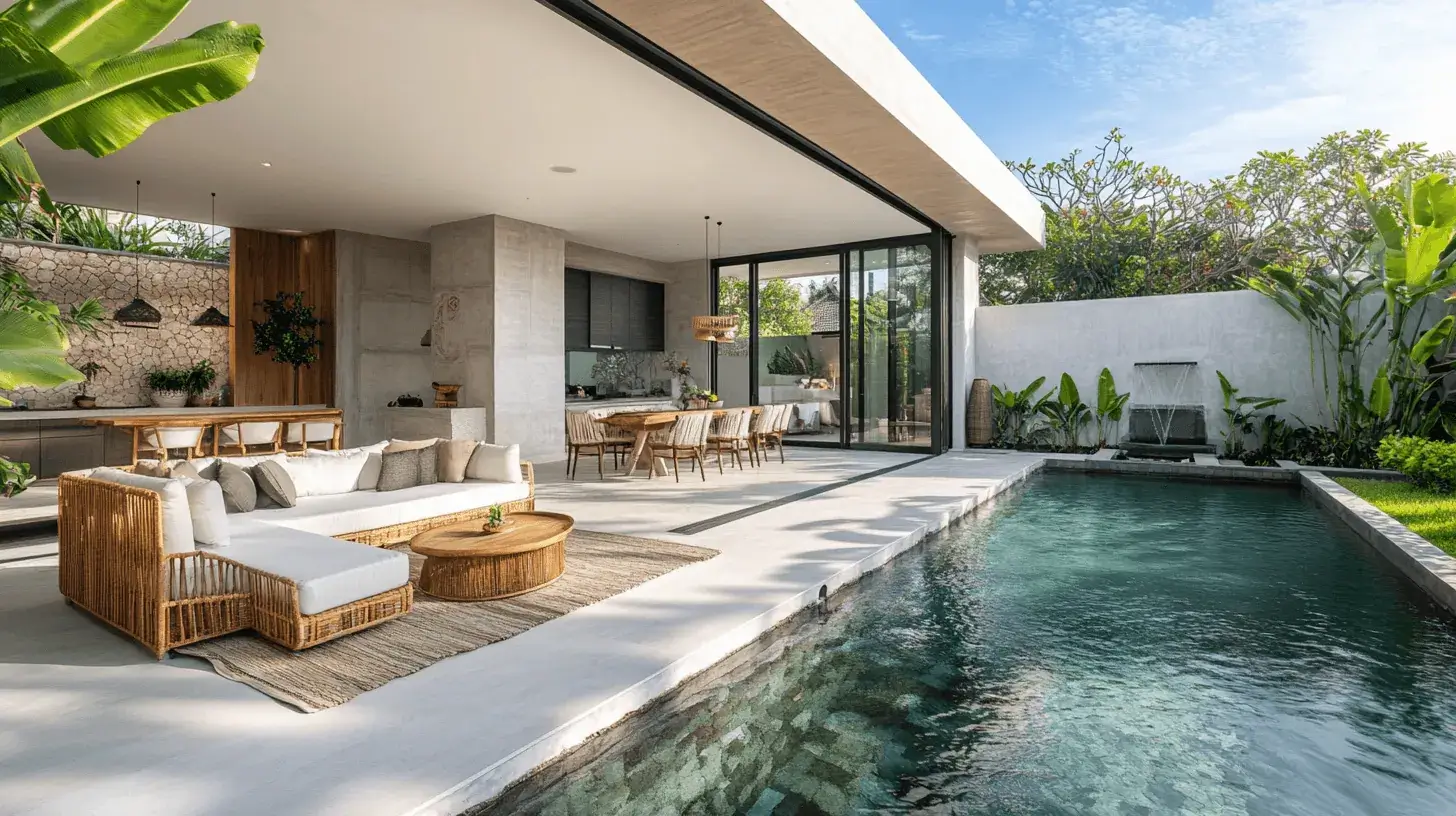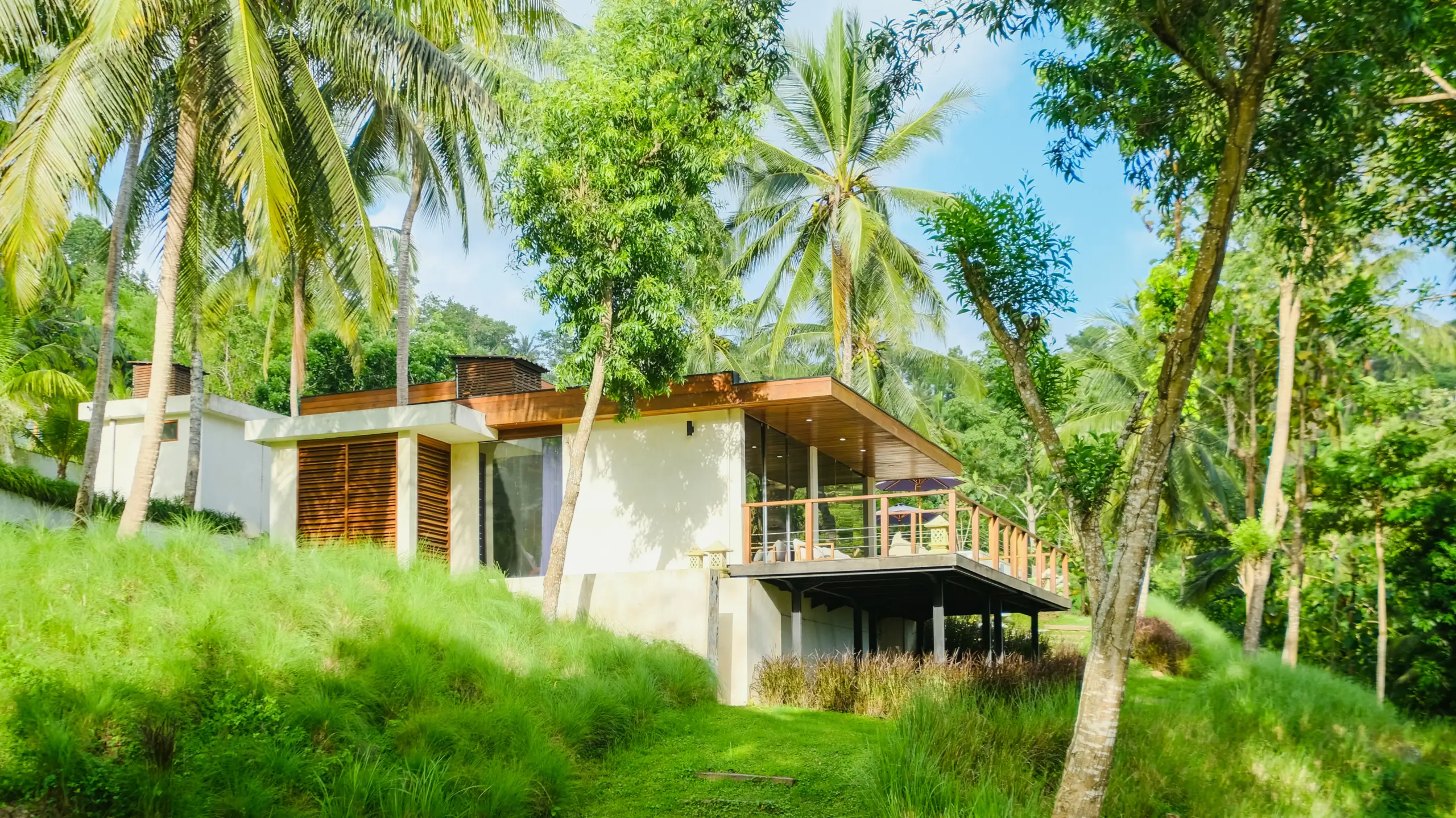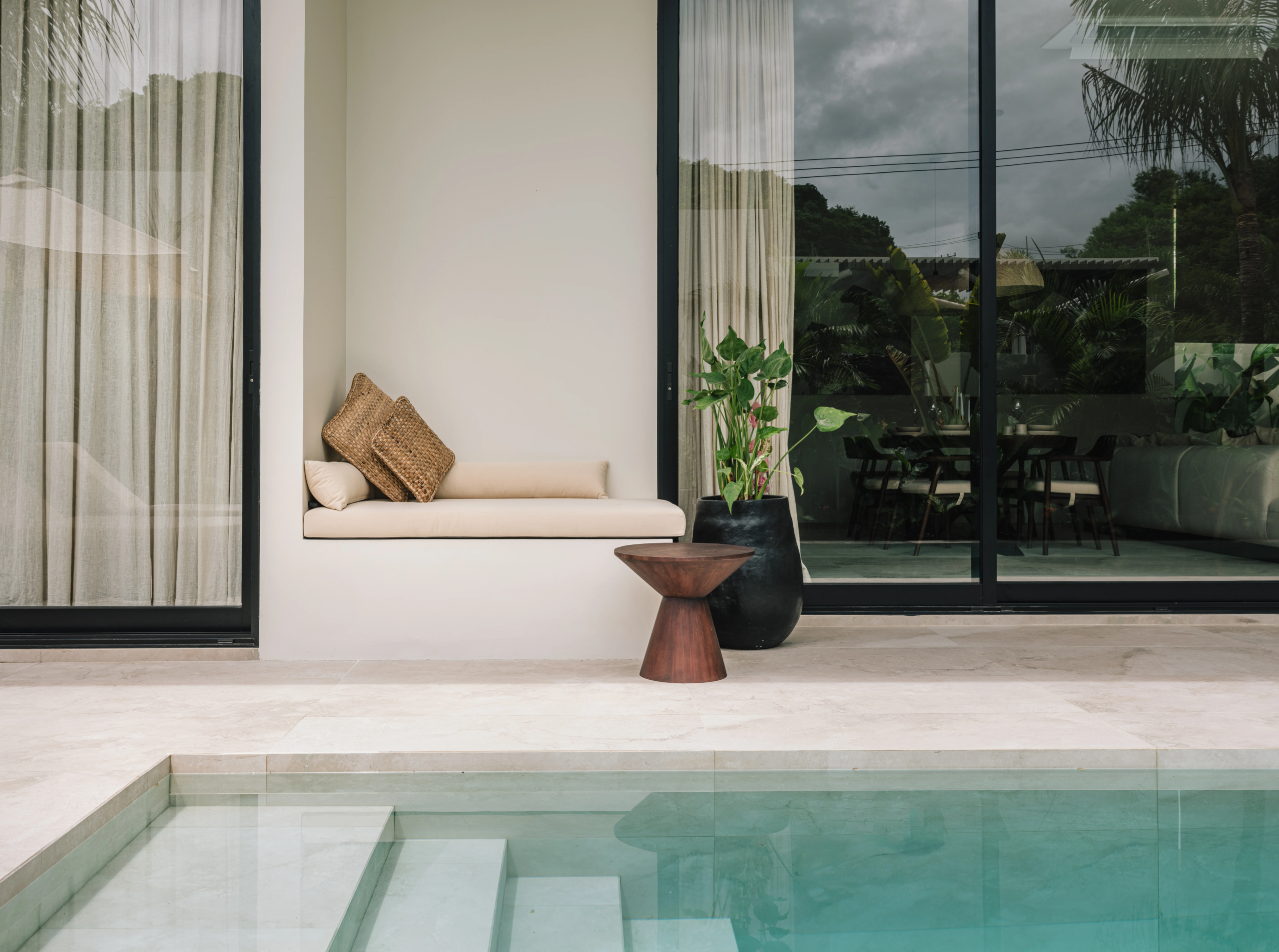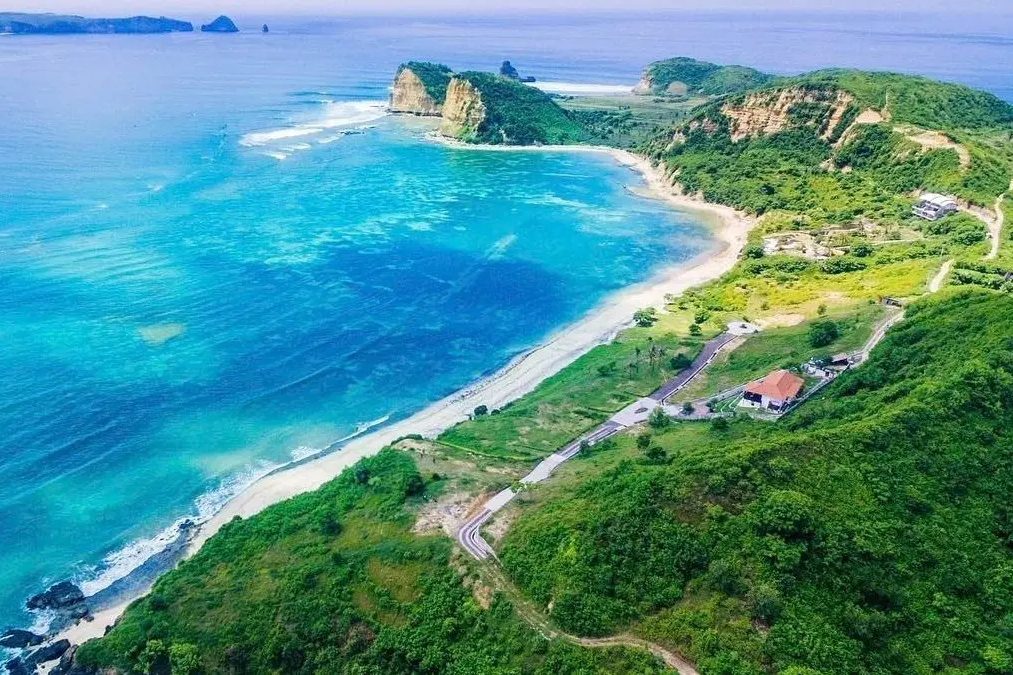Last Updated on July 19, 2024 by Yasmina
Building a villa in Lombok is an exciting venture. It offers the chance to create a dream home or investment property in a stunning location. However, the construction process can be complex and time-consuming.
Here’s a detailed guide to help you navigate the process and estimate how long it will take to build your villa in Lombok.
Table of Contents
1. Initial Planning and Design (1-3 Months)
Conceptualization:
- Defining Requirements: Determine your needs, preferences, and budget for the villa.
- Architectural Design: Work with an architect to create a detailed design and layout that meets your specifications. This involves creating floor plans, elevations, and 3D renderings to visualize your future villa.
Site Selection:
- Land Purchase: Identify and purchase the land. Ensure the land is legally available for building and free of disputes. This step might involve negotiating with landowners, conducting land surveys, performing due diligence, and securing the necessary legal documentation.
- Site Survey: Conduct a survey to understand the site’s topography and soil condition. This is crucial for designing a solid foundation and ensuring the stability of your future villa.
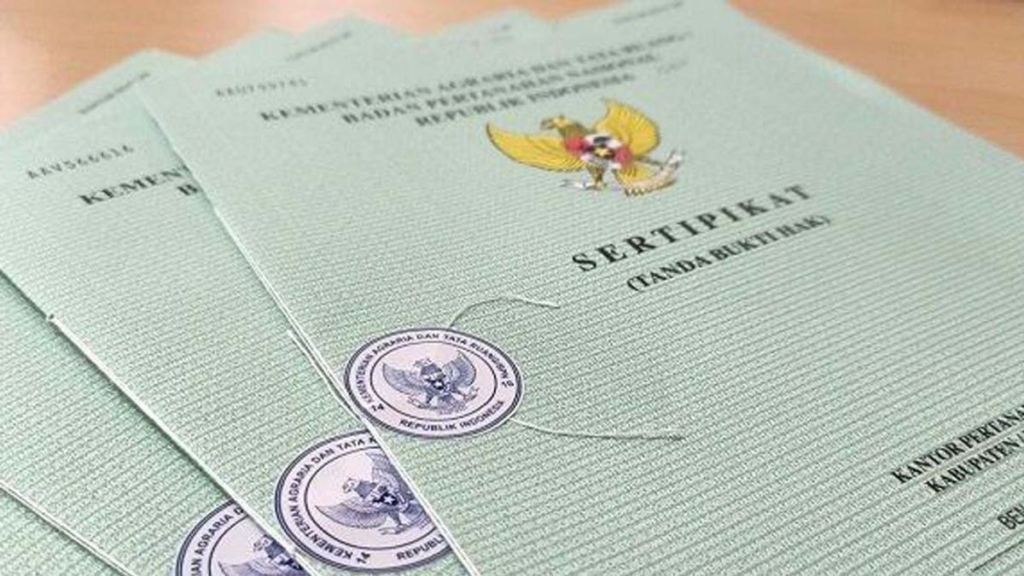
2. Obtaining Permits and Approvals (2-4 Months)
Building Permits:
- IMB (Izin Mendirikan Bangunan): Apply for the Building Construction Permit, which is mandatory for any construction in Lombok. The IMB ensures that your building plans comply with local zoning laws, building standards, and safety regulations.
- Environmental Permits: Depending on the size and location of your project, you may need an Environmental Impact Assessment (AMDAL or UKL/UPL). These assessments evaluate the potential environmental impacts of your construction project and propose measures to mitigate any adverse effects.
Approval Process:
- Submission: Submit the necessary documents, including architectural plans, land certificates, and environmental assessments, to the local government office (Dinas Pekerjaan Umum).
- Review and Inspection: Authorities will review your application and may conduct site inspections to verify the information provided. They will check for compliance with building codes and environmental regulations.
- Approval: Once approved, you will receive your IMB to commence construction. Keep this document safe, as it will be needed for future inspections and legal purposes.
3. Construction Phase (6-12 Months)
Pre-Construction:
- Site Preparation: Clear the land, level the site, and set up temporary facilities for workers. This includes bringing in construction equipment, setting up storage areas for materials, and ensuring access to water and electricity.
- Foundation Work: Lay the foundation according to the architectural plans and engineering specifications. This critical step involves excavating the site, pouring concrete, and installing reinforcements to ensure the structure’s stability.
Main Construction:
- Structural Work: Erect the main structure, including walls, columns, and roofing. This phase involves bricklaying, carpentry, and installing structural elements like beams and trusses.
- Plumbing and Electrical: Install plumbing, electrical wiring, and other utilities. Ensure that all installations comply with local building codes and safety standards.
- Interior Work: Complete interior finishes such as flooring, painting, and carpentry. This phase includes installing tiles, fitting doors and windows, and painting walls and ceilings.
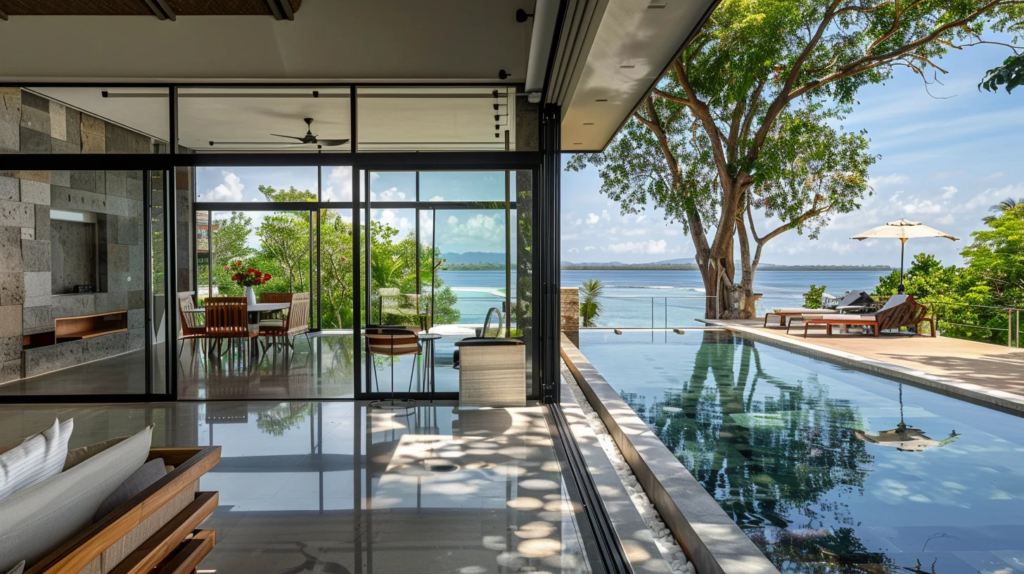
4. Final Touches and Inspection (1-2 Months)
Final Finishes:
- Landscaping: Design and implement landscaping around the villa. This includes planting trees and shrubs, installing irrigation systems, and creating outdoor living spaces like patios and gardens.
- Furnishing: Install furniture, fixtures, and appliances as per your design. Choose high-quality materials and furnishings that match the aesthetic of your villa.
Inspection and Handover:
- Final Inspection: Conduct a final inspection to ensure everything is built to specifications and standards. This involves checking the quality of construction, ensuring that all systems (plumbing, electrical, etc.) are functioning properly, and verifying that all work is completed to your satisfaction.
- Handover: Once all inspections are completed and any final adjustments are made, the villa is ready for occupancy. You will receive the keys and necessary documentation, marking the official handover of the property.
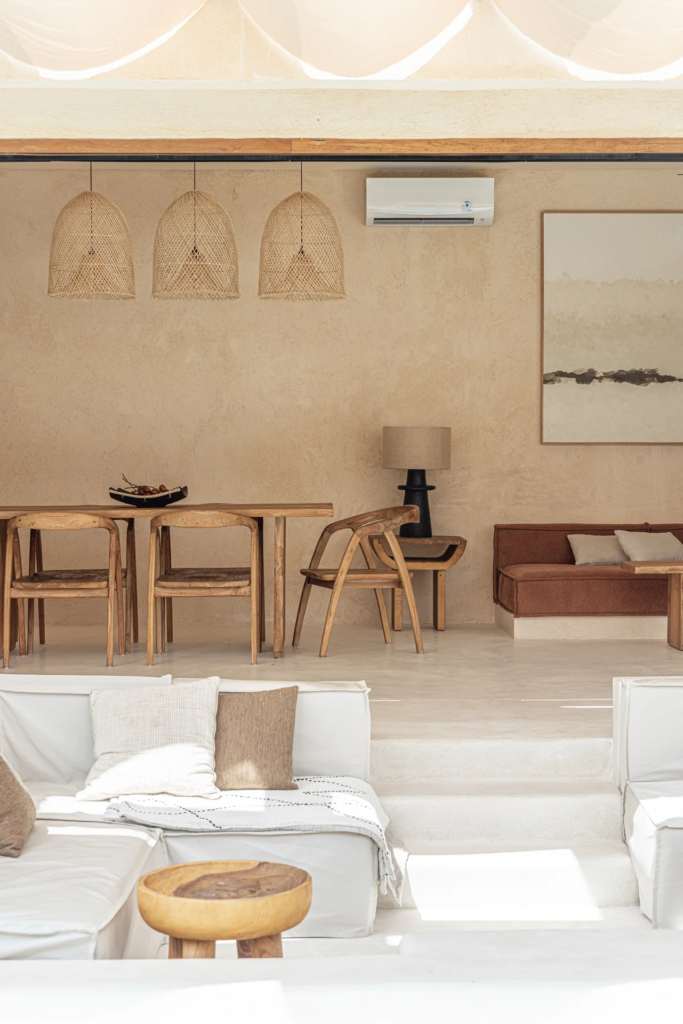


5. Factors That Can Affect the Timeline
Weather Conditions:
- Dry Season: This is ideal for construction work due to fewer disruptions from rain. The dry season in Lombok typically runs from May to September.
- Wet Season: Rain can cause delays, especially in foundation and structural work. The wet season typically lasts from October to April.
Complexity of Design:
- Simple Designs: This can be completed more quickly, often within the lower end of the timeline. Simple, minimalist designs with straightforward structures require less time and fewer resources.
- Complex Designs: This may require more time due to intricate details and higher construction standards. Complex designs with custom features, high-end finishes, and elaborate landscaping take longer to complete.
Availability of Materials and Labor:
- Local Materials: Using locally sourced materials can expedite the process. Ensure that materials meet quality standards and are delivered on time.
- Skilled Labor: The availability of skilled labor can also impact the construction timeline. Hiring experienced and reputable contractors and workers ensures a smoother construction process.
FAQs about How Long Does It Take to Build a Villa in Lombok?
How long does it typically take to build a villa in Lombok?
Building a villa in Lombok typically takes 10 to 21 months, depending on the project’s complexity, weather conditions, and obtaining necessary permits.
What permits are required to build a villa in Lombok?
The main permits required are the IMB (Izin Mendirikan Bangunan) and possible environmental permits (AMDAL or UKL/UPL), depending on the project size and location.
Can foreigners own property in Lombok?
Foreigners cannot own freehold property in Lombok but can invest through long-term lease agreements, Hak Pakai (right to use), or by setting up a PMA (foreign investment company).
What are the main challenges when building a villa in Lombok?
Challenges include navigating legal requirements, dealing with weather-related delays, ensuring the availability of skilled labor, and sourcing quality materials.
Is it necessary to hire a local architect and contractor?
Yes, hiring a local architect and contractor is recommended, as they understand local regulations and building standards and have established relationships with suppliers and labor.
Wrapping It Up
Building a villa in Lombok is a significant investment that requires careful planning and understanding of the local construction process. By following the outlined timeline and working with reputable professionals, you can ensure a smooth and efficient construction journey. Whether you’re building a vacation home, rental property, or permanent residence, Lombok offers a beautiful and serene environment to bring your dream villa to life.
About Nour Estates
We started Nour Estates with a simple idea: to make finding your dream land in Lombok as easy and enjoyable as a day at the beach. Our team is a mix of local folks and people from around the world who fell in love with Lombok just like you. We’ve been in your shoes, faced the challenges of buying land here, and learned all the ins and outs. Now, we’re here to share that knowledge with you.
We are here to find you the perfect land to invest in. Contact us today, and let’s start this exciting journey together!
Looking for land to build your dream villa in Lombok? Discover our exclusive lands below:


